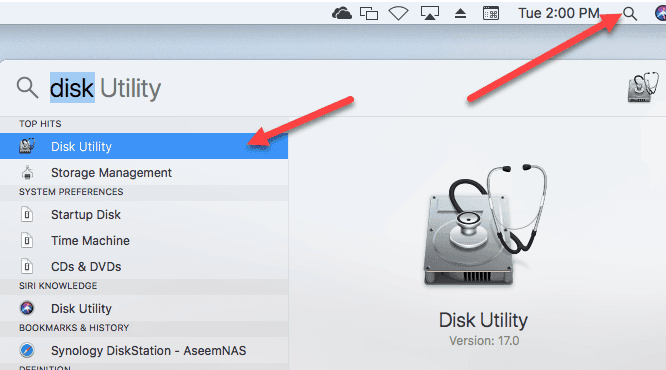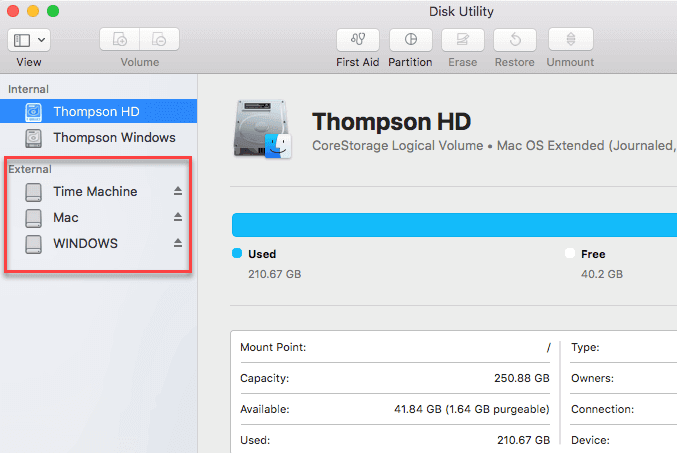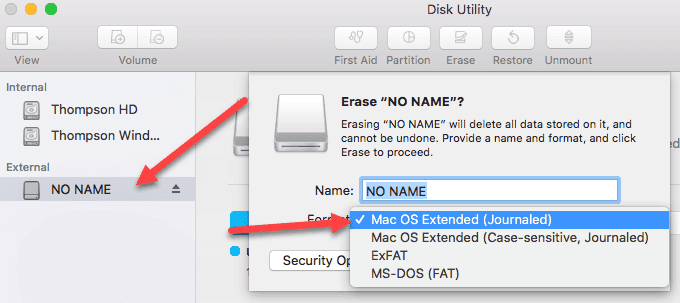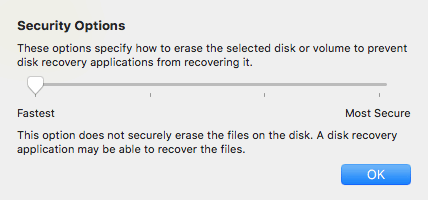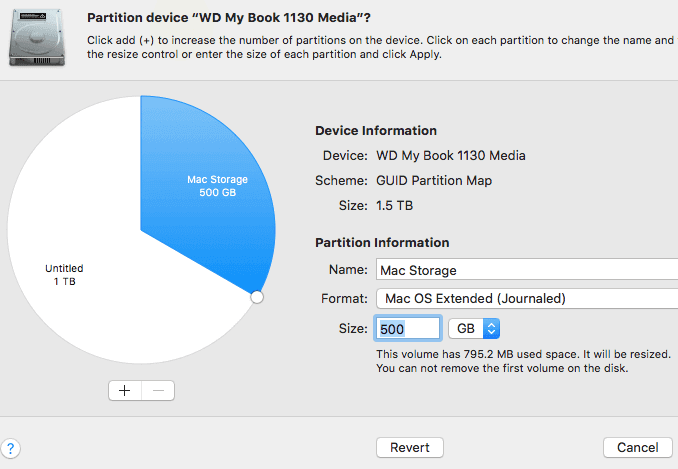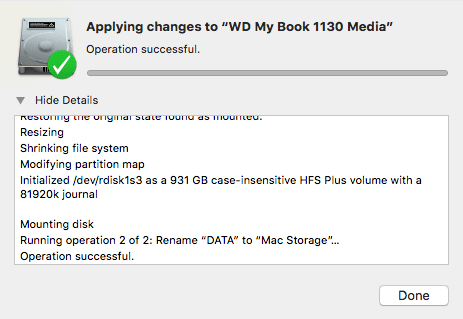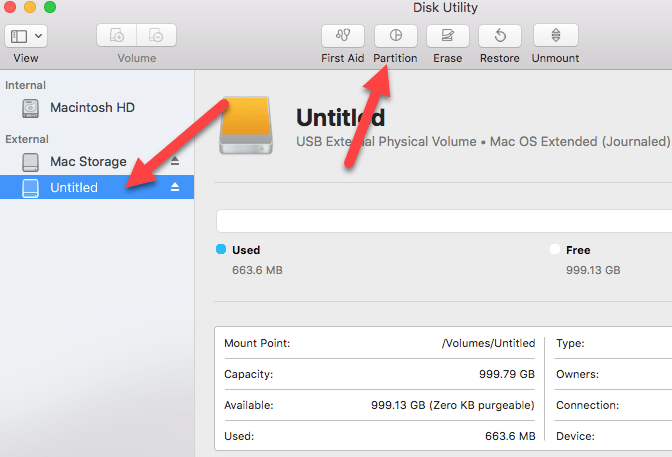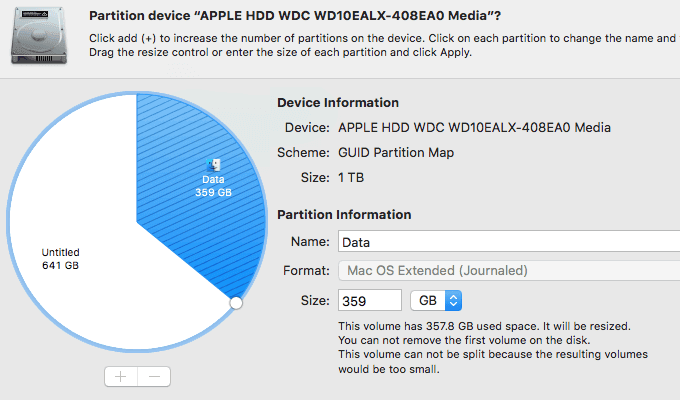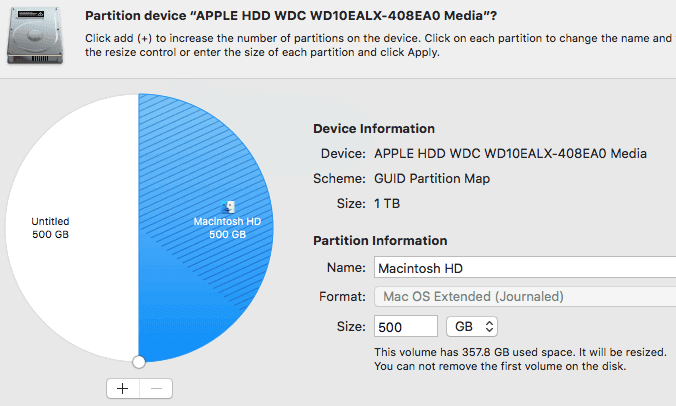In case you want to use it with Windows too
Partitioning your hard drive can be a frustrating and daunting task. However, once you understand how the process works, it’s a lot less scary. So why would you want to partition a drive?
Back when I was in college, like many other students, I had a MacBook Pro for ease of use and its minimalist aesthetic. I didn’t think about the fact that some applications that I needed for school were not compatible with Mac. That is when I thought about partitioning my drive so that I could run Windows on Mac.
In addition, I had an external hard drive that I also wanted to be able to use with both OS X and Windows. In this article, I’ll walk you through the steps for partitioning internal and external hard drives on a Mac.
Before you start, you should make sure to backup your entire Mac computer using Time Machine. Even if you don’t mess anything up, the chances are good that the OS will screw up and break your system.
Partition External Drive
If you have a large external hard drive, you can easily partition it so that the entire drive gets utilized. I was using a 1.5 TB external drive with my Mac, but never really used more than 1/4 of the space.
Instead, here’s how I ended up partitioning my drive, which ended up making it much more useful:
- 33%: Mac (Extra Storage) – 500GB
- 33%: Mac (Time Machine Backup) – 500GB
- 33%: Windows (Extra Storage and Backup can go on same partition) – 500GB
As you can see, each partition can have its own file format. If you have an even larger drive, you can create even more partitions for other operating systems like Linux, etc.
To partition the drive, go to Spotlight at the top of your MacBook Screen (Notification Bar) and type in Disk Utility.
On the left-hand side, navigate to the tab that says EXTERNAL.
Yours will look a little bit different than mine. Under the External heading on the left-hand side, you should have one hard drive instead of 3 (I have already partitioned mine). Navigate to that external hard drive and partition it according to your needs.
NOTE: If your external hard drive is not formatted for the Mac operating system, you may first need to Initialize it and then Erase it. It’s very easy:
- Under the external tab on the left side, select the drive you want to use.
- Then select the Erase option at the top
- Once there, give it a name and format it to Mac OS Extended (Journaled)
- For the Scheme, you can pick from GUID, MBR or Apple. If you’re only using the drive for storage, then it doesn’t really matter which one you pick. However, if you plan to boot from the drive, you should pick MBR for Windows and Linux and GUID for OS X. If you plan to use the drive for Boot Camp, you should also pick GUID.
Note that you can also click on Security Options and choose from different levels of security. By default, OS X will use the fastest method, which not does securely erase the drive. If you move the slider to Most Secure, it will meet the DOD standard for erasing data by overwriting the data 7 times. This will prevent anyone or any software from recovering any previously written data from the drive.
OS X may ask you if you want to use the drive for Time Machine backups, but you should choose Decide Later unless you want to use the entire drive for the backups. Now you’re ready to partition the external drive!
Go to the top where it has the options: First Aid, Partition, Erase, Restore, Mount, etc. Select Partition and create the partitions based on your specific needs. In my case, I chose a size of 500 GB, which is one-third of the drive.
Select how you would like to partition the drive (refer back to my percentages, as that’s what I have used in the screenshots here), select Apply, and then click Partition. After this, it will take a few minutes to partition, so be patient!
When completed should see the green checkmark next to your drive and it should say Operation Successful. Now select Done and you’re done with the first partition.
Now to partition the rest of the space, you will click on Untitled under External and then click on Partition again.
Give the partition a name, pick a size and choose the format. Since this is going to be for Windows storage, I chose MS-DOS (FAT). You can also choose exFAT if you like as that is compatible with both Windows and Mac.
Partition Internal Drive
Partitioning an internal hard drive is pretty much the same in terms of the procedure you have to follow, but it’s a little bit different in how it gets implemented.
Since you already have OS X installed on your internal drive, when you click Partition and choose a size, you’ll notice that you can’t create a partition that is smaller than the amount of space already used on the drive.
My internal drive was already using 359GB of space, so when I typed in 200GB, it automatically changed it to 359GB and put up a message stating that the first volume cannot be removed and the volume could not be split because the resulting volumes would be too small.
So if you want to create an additional partition, the first thing is to create a partition that will include OS X and give you some additional space for installing programs, etc. Below, I left the name as Macintosh HD and made the partition 500GB. That means the partition where OS X is installed has about 140GB of breathing room for extra data.
Basically, we are just shrinking the original partition, which took up the entire disk to something smaller. Then we will partition the free space as we like.
As you can see, I have made the original partition 500GB instead of 1TB, which frees up 500GB on the disk for creating other partitions. As with the external hard drive, once the partition has been created, click on Untitled, but this time under the Internal heading and click on Partition.
That’s basically all there is to partitioning drives in OS X. Hopefully, it worked for you. Enjoy!

